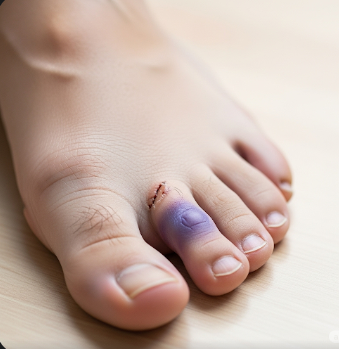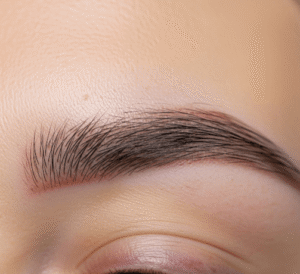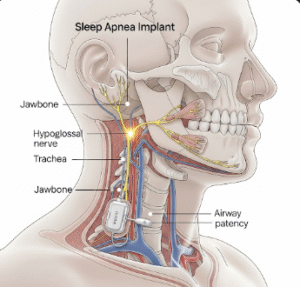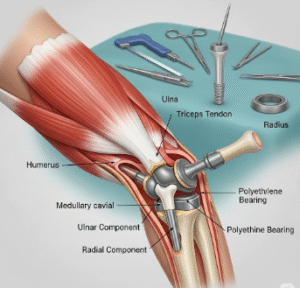Overview
A broken toe, also known as a toe fracture, is an injury in which one of the bones in the toes is cracked or completely broken, often caused by trauma, accidents, or direct impact. Toe fractures are common injuries that can cause pain, swelling, bruising, and difficulty walking.
In Korea, broken toes are treated in orthopedic and podiatry clinics, where patients receive accurate diagnosis, pain management, and interventions to ensure proper healing. Korean healthcare emphasizes non-surgical approaches whenever possible, while also providing surgical care for severe or complex fractures.
What is a Broken Toe?
A broken toe occurs when the bone in any of the ten toes is fractured, ranging from small cracks to complete breaks. Toe fractures are categorized as:
- Simple fractures: Minor cracks in the bone without displacement
- Displaced fractures: Bone ends are misaligned, potentially affecting function
- Comminuted fractures: The bone breaks into multiple fragments
- Open fractures: The bone pierces through the skin, increasing risk of infection
Although small, broken toes can cause significant discomfort and mobility limitations, and prompt treatment is important to prevent long-term complications.
Symptoms
Common symptoms of a broken toe include:
- Pain and tenderness at the site of injury
- Swelling and bruising around the toe
- Visible deformity, such as crooked or misaligned toe
- Difficulty walking or bearing weight
- Numbness or tingling in some cases
- Stiffness or reduced range of motion
- Discoloration of the toe due to bruising
Symptoms often appear immediately after injury, with pain worsening when the toe is moved or pressure is applied.
Causes
Broken toes are typically caused by direct trauma or forceful impact:
- Stubbing the toe against hard surfaces
- Dropping heavy objects on the foot
- Sports injuries, especially in football, basketball, or martial arts
- Falls or slips
- Crushing injuries from doors or machinery
- Accidents during recreational activities, such as hiking or cycling
Risk Factors
- Engagement in high-risk sports or activities
- History of previous toe fractures, making bones more vulnerable
- Older adults, due to weaker bones
- Children and adolescents, who are more active and prone to accidents
- Osteoporosis or other bone-weakening conditions
- Improper footwear, increasing risk of stubbing or crushing toes
Complications
If not properly managed, broken toes can lead to complications such as:
- Chronic pain or discomfort
- Toe deformities affecting alignment and function
- Arthritis in the toe joints
- Delayed or non-union of fractures
- Infection, especially in open fractures
- Difficulty walking or participating in physical activities
Prevention
Preventive strategies focus on protecting toes from trauma and maintaining bone health:
- Wearing protective or well-fitting shoes, especially during sports
- Using safety precautions during manual labor or recreational activities
- Maintaining bone strength with proper diet and exercise
- Avoiding walking barefoot in hazardous areas
- Promptly addressing minor injuries to prevent worsening
Treatment Options in Korea
Diagnosis
Accurate diagnosis ensures proper healing and alignment:
- Physical examination: Checking for swelling, bruising, and deformity
- X-rays: Standard imaging to confirm fracture type and severity
- CT scans: Used in complex fractures or to evaluate joint involvement
- Assessment of circulation and nerve function to detect complications
Non-Surgical Management
Most broken toes are managed conservatively:
- Buddy taping: Taping the broken toe to the adjacent toe for support
- Immobilization: Using splints, casts, or rigid footwear to prevent movement
- Pain relief: NSAIDs or acetaminophen to reduce pain and inflammation
- Rest and elevation to reduce swelling
- Ice therapy during the first 24–48 hours
Surgical Management
Surgery is rarely needed but may be required in:
- Severely displaced fractures
- Open fractures with bone exposure
- Comminuted fractures or joint involvement
- Failure of conservative treatment to maintain alignment
Surgical options include pins, screws, or plates to stabilize the bone and restore toe function. Korean orthopedic clinics use minimally invasive techniques when possible.
Supportive Care
- Physical therapy to restore strength, flexibility, and mobility
- Follow-up imaging to monitor bone healing
- Guidance on safe return to activity and sports
- Footwear recommendations to prevent reinjury
Prognosis
The prognosis for broken toes is generally excellent:
- Most simple fractures heal within 4–6 weeks
- Proper immobilization ensures normal alignment and function
- Surgical intervention provides excellent outcomes for complex fractures
- Long-term complications are rare with proper care
- Korean orthopedic specialists ensure effective diagnosis, conservative or surgical management, and rehabilitation, resulting in full recovery and minimal impact on daily life
With expert care, modern imaging, and comprehensive follow-up, Korea offers safe and effective treatment for broken toes, ensuring proper healing, pain relief, and restoration of mobility.













